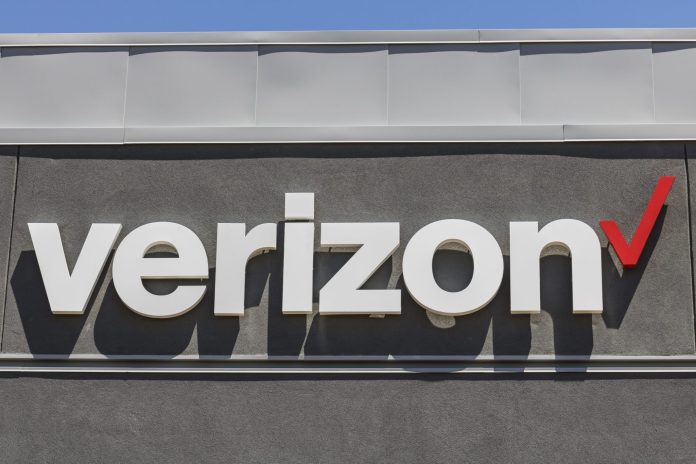The high speeds and low latencies of 5G networks lend themselves to smart cities. Next generation wireless networks will be an essential weapon in the arsenals of city administrations, reckons Verizon.
The US operator, which last week confirmed Indianapolis as the final centre for its coordinated multi-city introduction of 5G services in the second half of 2018, says the combination of 5G technologies and data analytics will enable municipal administrations to tackle issues of congestion, crime, healthcare, pollution, education, and inequality.
All of these are compounded by rising urbanisation and ageing populations. Three million people move to US cities each week, putting strain on resources and infrastructure. With the advent of 5G, city governments will be able to bring new efficiencies and intelligence to their own operations, for rapid real-time decision making.
The private sector, serving city dwellers, will do the same.
The market for smart-city services will be worth $2.57 trillion by 2025, says Verizon, quoting a February report by Grand View Research. “Those investments will largely hinge on network providers’ ability to relay massive amounts of data among connected devices and systems in near-real time,” it comments.
Smart cities require gigabit-per-second throughputs in order to field such a demand on resources, and even improve the ways cities ‘live and breathe’.
“Pairing Verizon’s industry-leading network with ever-smarter data analytics tools and computing speed, communities will be empowered to drive efficiencies, spur economic growth and, most importantly, improve quality of life for their residents,” it says in a blog post.
David Tucker, product director for traffic management and data services at Verizon, comments: “The data helps city managers and planners better understand how to provide facilities for the citizens, which will then improve or reduce commute times and CO2 emissions. It’s all about making it easier to commute within your cities. That’s why we’re in this – to help improve our citizens’ lives.”
Verizon ran pre-commercial 5G trials in 11 US cities in 2017. Its four launch cities for 5G – which include Sacramento, Los Angeles, and Houston, besides Indianapolis – will receive an initial fixed wireless network based on a proprietary standard, which will be upgraded to 3GPP non-standalone 5G New Radio as Verizon works to stand-up 5G services in 2019.
Lani Ingram, vice president of smart communities at Verizon, explain: “A lot of cities are really looking for that new innovation. I think what we offer from a core infrastructure really enables a lot of that. It pulls together the best of Verizon in a holistic fashion.”
Specifically, Verizon outlines five areas where 5G will have an impact on city operations:
- safety,
- transport,
- utilities,
- connectivity,
- disaster management.
“Cities that tap into the power of 5G connectivity are better equipped to drive improvements in public safety, transit, utilities, public Wi-Fi, and emergency preparedness,” it says.
Some of these are simpler to assess from a technological point of view than others, it might be noted, certainly in the context of super-fast 5G services. The role of 5G in mobility, for example, is more clear.
Verizon and Nokia this week completed the “first successful transmission” of a 3GPP New Radio (NR) 5G signal to a receiver situated in a moving vehicle, seamlessly handing off the signal from one radio sector to another.
The test, at Nokia’s campus in New Jersey, followed a series of outdoor data sessions (again, “industry firsts”) over the 5G NR standard, and the successful multi-carrier aggregation to boost those signals into Gbps range.
“Unlike some of the incremental 5G technology announcements we’ve seen lately, tests like the one we conducted are significant advancements in the development of 5G technology,” says Bill Stone, vice president for technology development and planning for Verizon.
“By taking these tests out of the lab and into the field, we’re replicating the experience users will ultimately have in a 5G mobility environment.”
Driverless cars offer a use case for 5G technologies, combined with other radar technologies, due to their high speeds and low latencies. But the immediate objective for city administrations is to manage their resources, notably their roads and traffic.
Transportation analytics firm Inrix says Americans spend eight billion hours stuck in traffic every year. Verizon says a car that idles an hour per day emits 10 pound of carbon dioxide per week. Verizon’s ‘intelligent traffic management’ systems will leverage 5G, it implies.
Sensors, cameras, and LEDs are the “building blocks of a smarter city,” it says. The applications are numerous, and convincing.
Magnetometers in the asphalt detect traffic, and help city planners gain insights into traffic volumes and flows. Sensors on traffic lights can help planners optimise signal timing. Proximity-sensing street lights illuminate according to traffic density, helping to improve visibility, safety, and energy usage.
But, in these instances, the urgent case for high-speed, low-latency5G technologies, as defined at the outset by Verizon, is less clear.
“Cities will find their own ways of preparing their communities and citizens for a future that rides on 5G,” it says.
“These cities will develop digital payment processes for public services such as tolls and parking, innovate around ambulance dispatch services, and attract investors and businesses that value the convenience and reliability of supportive, robust 5G infrastructure.”
It adds: “Bottom line: better information leads to better resource allocation, which in turn leads to safer, more sustainable places.” Which is plain enough.

